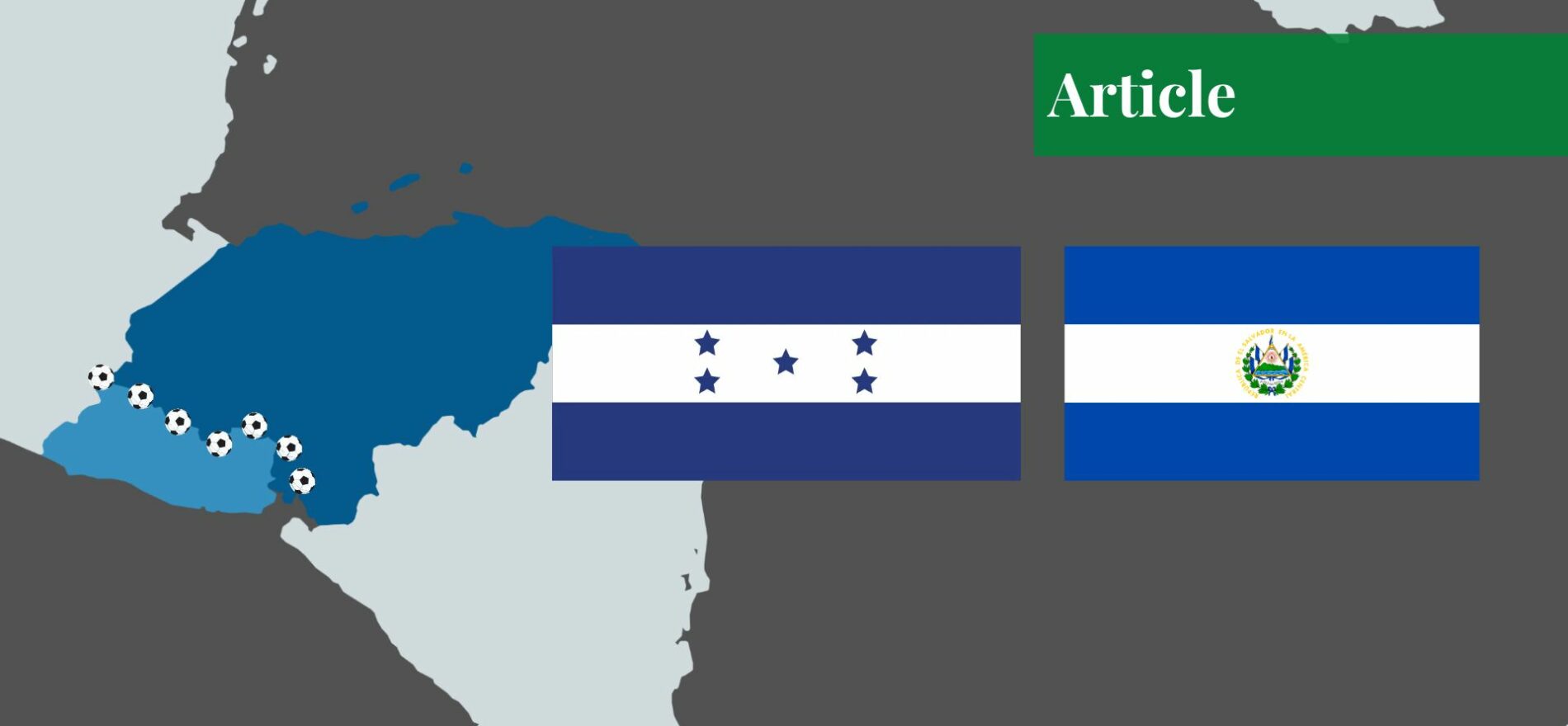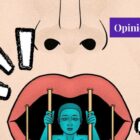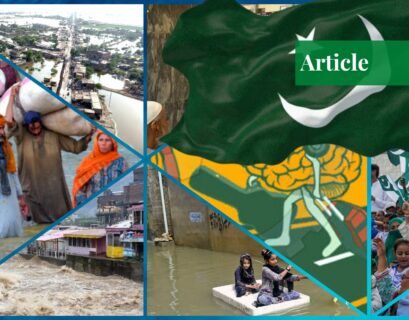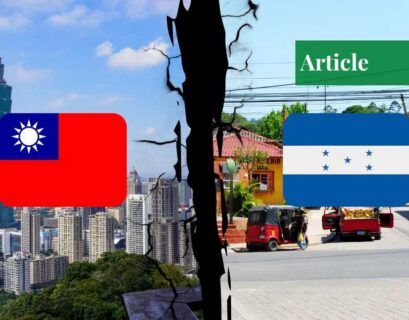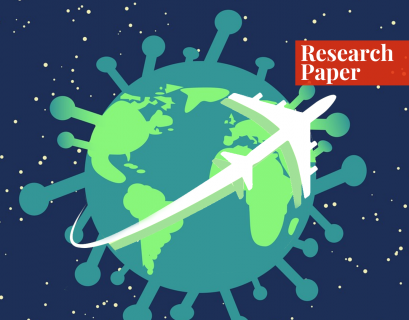The 100-hour war also known as the football war was fought between Honduras and El Salvador in 1969. This war was a clear indication of the devastating power of the sports and importance of conflict resolution to prevent similar future disputes. The 1969 football war was the result of a series of historical incidents that had happened between El Salvador and Honduras, especially during the World Cup qualifying matches.
Honduras is approximately five times the size of El Salvador, but El Salvador had an expeditiously growing population. The Salvadorans began emigrating to Honduras, some worked on their businesses in Honduras while others gained jobs at agricultural companies. Moreover, some Salvadorians settled in Honduras illegally. In the labour market, Salvadorians contested with the locals in Honduras.
However, the migrant inflow instilled discontent among Honduran farmers who were battling their own elite for more land during that period of time. Honduras was the first banana republic, a state set up by American businessmen solely to serve their own objectives and interests. International companies retained the majority of Honduran land and infrastructure facilities.
Oswaldo Lopez, the former president of Honduras, attempted to bring together his people by accusing Salvadorans of the problems in the country and papering over years of corruption and manipulation by plutocratic authorities and US agencies. He approved the land reform law which forced all Salvadorans out of the land in 1962. This had the unintended consequence of instigating violence against the Salvadorans.
El Salvador’s government was scuffling to manage the large number of migrants returning from Honduras to El Salvador. Newspapers started portraying the allegations of murders, beatings, torching, and rapes. The hatred present between these two countries escalated to a conflict during the 1970 World Cup qualifying matches held in Mexico.
On June 8, 1969, a soccer match took place in Tegucigalpa, Honduras. Honduras won the first match. A day before the first match, Honduran fans gathered outside the hotel of the Salvadoran team, keeping the Salvadoran players from getting a good sleep at night. The second match took place in San Salvador, the capital of El Salvador, on 15 June. The Hondurans were treated in the same manner as the Salvadorans and hence they were also not able to sleep the night before the match. As a result, they were vanquished in the second game and the Salvadorans scored three goals.
Violence broke out and two Honduran fans were killed. The football field had transformed into something like a battlefield, and the players were considered soldiers. The games evolved into a microcosm of the argument over land ownership and immigration. Both governments assisted and encouraged the violence that lead to the 1969 Football War.
Later, El Salvador dissolved diplomatic ties with Honduras as there was a mass expulsion of Salvadorans from Honduras. An intrusion with three aircraft had been initiated by Honduras on July 14. El Salvador retaliated by starting a ground offensive against Honduras and attacking Tegucigalpa with C-47, F-51 Mustang, and Corsairs of El Salvador.
However, the air forces of Honduras were stronger enough to reverse the situation; they deployed artillery, infantry, and various other mechanized units. Both sides launched strikes against the other’s infrastructure facilities. El Salvador soon ran out of fuel because there were attacks on the oil facilities which disrupted the supply lines of the forces.
The Organization of American States (OAS) forced El Salvador to terminate its offensive military actions by threatening to impose economic sanctions, causing both states to agree to a ceasefire. The tensions were alleviated approximately after a hundred hours of the war. However, troops and forces were still present to defend the civilian population.
It took more than ten years to restore diplomatic relations and reach a peaceful resolution to the conflict. The danger in this dispute was that if the Football War had continued for longer, it might have escalated and spread across the borders of these two small countries in Central America.
If you want to submit your articles, research papers, and book reviews, please check the Submissions page.
The views and opinions expressed in this article/paper are the author’s own and do not necessarily reflect the editorial position of Paradigm Shift.
